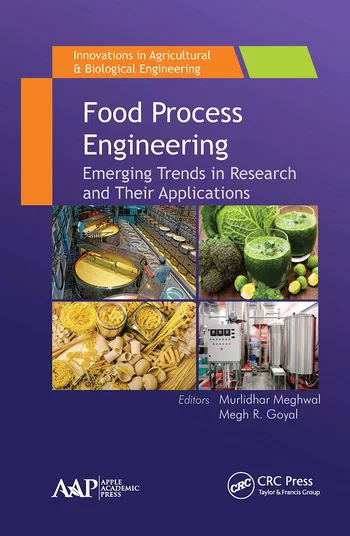TECH FLASH
Survey shows skepticism over organic, renewed trust in natural
After years of gains in the category, new survey data shows skepticism over organic claims.


The Hartman Group’s 2012 Organic and Natural Report, released this month, shows increased skepticism over organic claims along with renewed trust in natural claims. According to the report, an individual’s likelihood to purchase organics depends in part on where he or she falls on Hartman’s orientation toward organic.
Imagine a sphere, where the core 24 percent are early organic adopters and “committed gurus.” Next comes the mid-level slice, constituting the 61 percent of consumers who are knowledge seekers and experimenters. Hartman breaks this group down further into “inner mid-level” and “outer mid-level.” The final 15 percent represent the least-involved periphery of dabblers.
Growing distrust for organic?
Despite survey results showing 74 percent of Americans purchase organic, only 14 percent indicate “completely trusting” the USDA organic label in 2012.
A further 40 percent report trusting the label “for the most part,” while 33 percent say they do so “somewhat.” Reasons for distrust varies, but most stem from skepticism that large corporations are able to adequately ensure a product’s organic nature. Some report concern that big food companies may be able to influence USDA standards, making them less stringent. Others question whether companies that produce both organic and conventional foods maintain separate processing machinery.
One important finding is consumers today are less likely to assume a product is healthy simply because it is labeled organic. In fact, the organic certification was found to lose appeal on products containing large amounts of sugar, corn syrup or other sweeteners. Simply put, organic does not have the power to transform junk food into health food.
As the importance of organic seems to decline in the consumer’s mind, natural is experiencing a resurgence. Consumers say they want less processed foods with clean ingredient lists—56 percent say they expect natural foods to contain nothing artificial. Forty-six percent describe natural foods as “real,” and 47 percent describe them as “pure.”
Organic and natural preferences across product categories
Consumers across the core, mid-level and periphery most often try fresh vegetables first in organics (24 percent), followed by fresh fruits (17 percent) and milk (12 percent).
According to Hartman, consumers consider whole foods the most nutritious organics, but price can be a barrier to purchase. Boxed, canned and frozen organic products are used sporadically by organic consumers, and are more susceptible to price comparisons and sale shopping than their whole counterparts. Additionally, consumers say they want to eat more organic meat, but price is a major obstacle.
Establishing trust
Hartman’s research reveals a population of consumers worried that profits are placed above health by food companies. In addition, they blame the food industry for diabetes and obesity, and are bewildered and distrustful of big government.
The research also indicates consumers are wary of genetically modified organisms, and want to know why large companies have stayed relatively silent on the topic. According to Hartman, over 50 percent of consumers look for organic foods because they don’t contain GMOs.
“The longer companies avoid discussion of GMOs, the more wary consumers will become,” reads the Hartman report. “Food companies need to be an active participant in the conversation.”
In this environment, Hartman recommends retailers take on the role of docent on behalf of consumers to help them understand sometimes confusing information about organics. Consumers expect retailers to vet reliable products for them.
Looking for a reprint of this article?
From high-res PDFs to custom plaques, order your copy today!








